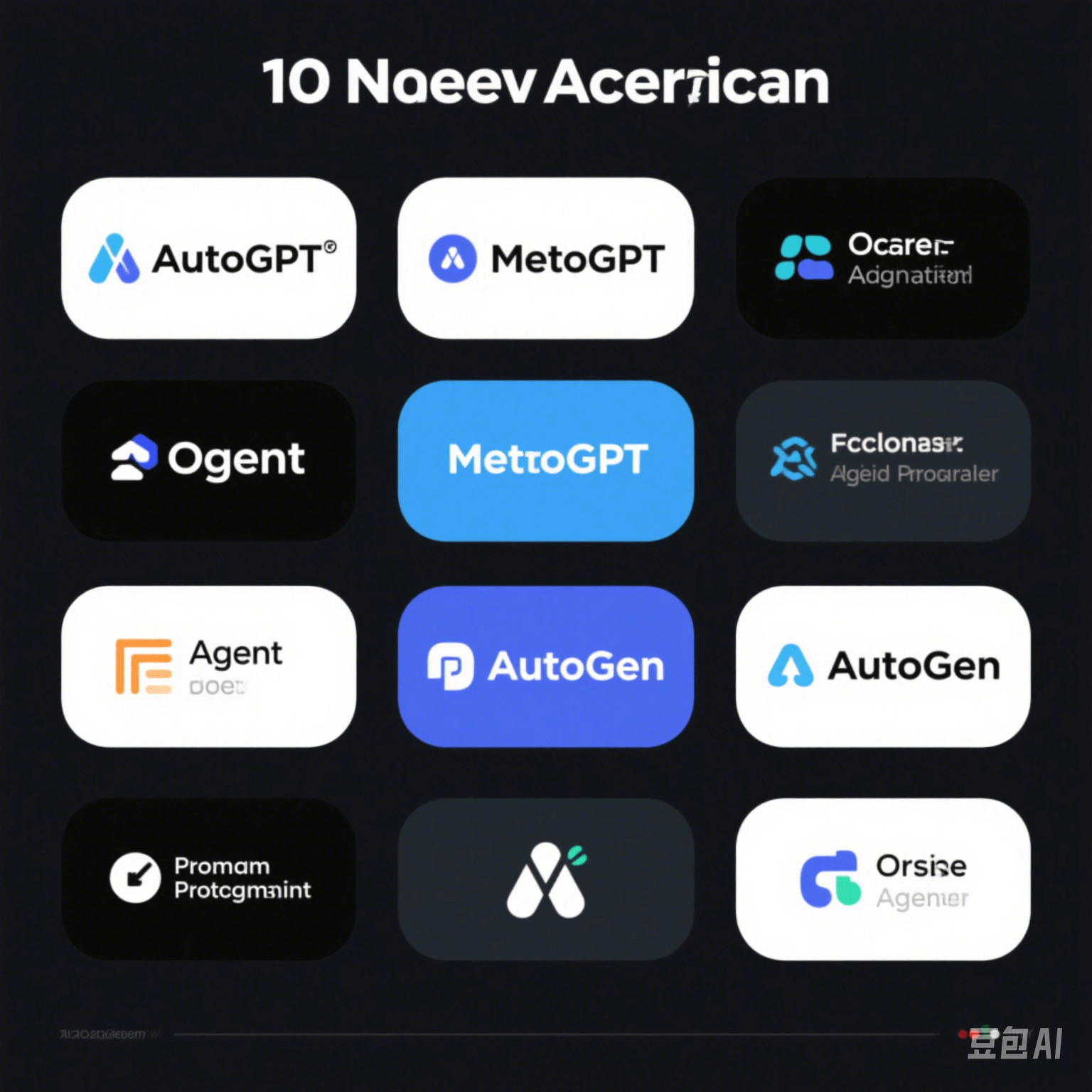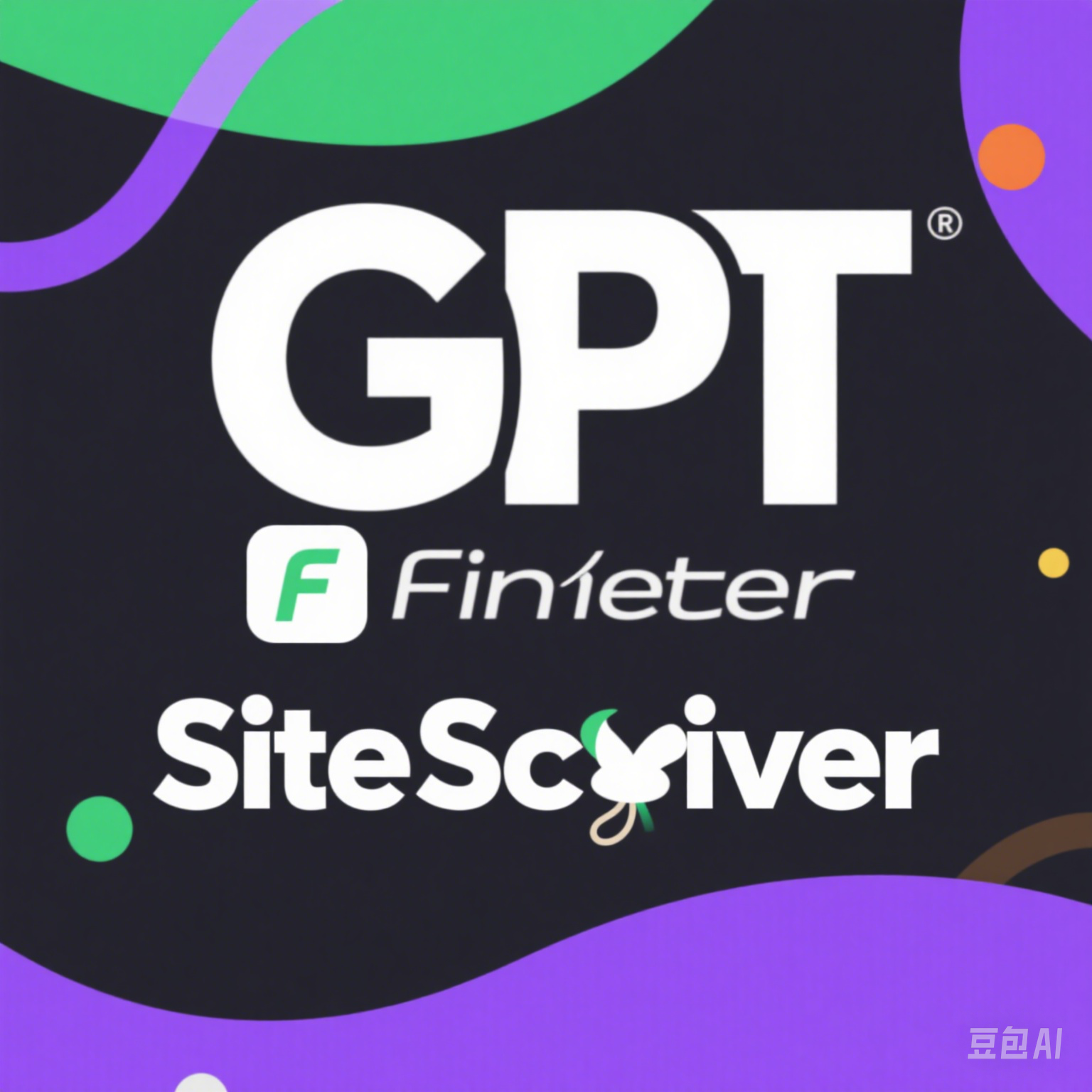
The 10 most popular open source agent projects in 2025: AutoGPT, MetaGPT, AutoGen, etc.
Get an in-depth understanding of the 10 most popular open source agent projects, including AutoGPT's...

Get an in-depth understanding of the 10 most popular open source agent projects, including AutoGPT's...

Here’s a refined and optimized version of your content, improving clarity, conciseness, and flow whi...

Generative pre trained converters (GPT), as customized versions of large language models (LLMs) such...